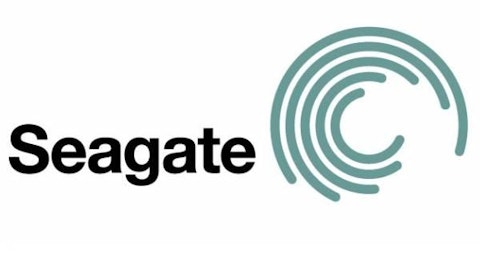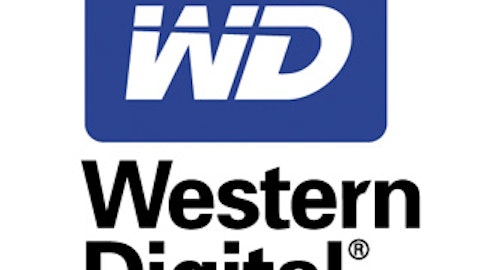This article is part of our real-money portfolios series.
Of the 17 different positions I currently hold in my Messed-Up Expectations portfolio, 12 of them are in the green (from 3% to 144%), while only five are in the red (from 4% to 49%). My two biggest losers (Bridgepoint Education Inc (NYSE:BPI), down 49%, and Dendreon Corporation (NASDAQ:DNDN), down 35%) also happen to be very small positions, so they aren’t having a large negative effect on the portfolio.
Instead of watering those weeds, I’m going to put some more money to work into two of my flowers, by buying more shares of hard-disk-drive, or HDD, manufacturer Western Digital Corp. (NASDAQ:WDC) , up 40%, and oil refiner Western Refining, Inc. (NYSE:WNR) , up 144%. Let me share why I like them (besides the healthy investment returns) and why I’m buying more of each.

Western Digital is one of two companies that control nearly 90% of the HDD market — the other being Seagate Technology PLC (NASDAQ:STX), but I prefer Western Digital’s balance sheet situation more. The accepted story seems to be that this industry is in trouble because PCs are in decline, being replaced by tablets and other mobile devices, and everything is shifting to the cloud. Five-year growth estimates for the company are a measly 1.5%.
Yet that ignores the fact that we are creating more and more data in the form of pictures, sensor logs, Facebook posts, and so on. Further, more and more of this data is being stored either in the cloud or in devices like standalone storage devices that we can access wirelessly. Some estimates put worldwide data production at more than 750 terabytes per minute. Even if we store only 10% of that amount, that’s a lot of storage requirement! And HDDs are still the cheapest mass-storage devices around.
When I purchased additional shares last September, I pointed out that the market was expecting the company to produce only about $1.6 billion in free cash flow annually (discounted at 15%), with no future growth. At recent prices, that expectation is now about $1.75 billion. Yet the company produced more than $3 billion in FCF over the past four quarters, while blowing past analyst earnings estimates by an average of 28% per quarter. Big disconnect between what’s expected and what’s happening, which is why I’m buying more.
Two kinds of spread
Western Refining makes its money between the cost of the oil it refines and the price at which it sells the resulting gasoline, diesel, aviation fuel, and other products. This is called the crack spread, a phrase taken from the nickname for the chemical process of “cracking” the oil into its derivative products.
Yet the company has another advantage going for it, and that is the spread between the two popularly quoted prices of crude oil: Brent and West Texas Intermediate, or WTI. Oil that is produced in the North Sea (and elsewhere around the world) is usually priced at the Brent price, while oil produced in central North America is usually priced at the WTI price. Historically, these two prices have been fairly close to each other, but in the past few years, Brent oil has become quite a bit more expensive, currently about $20 more per barrel than WTI-priced oil.




